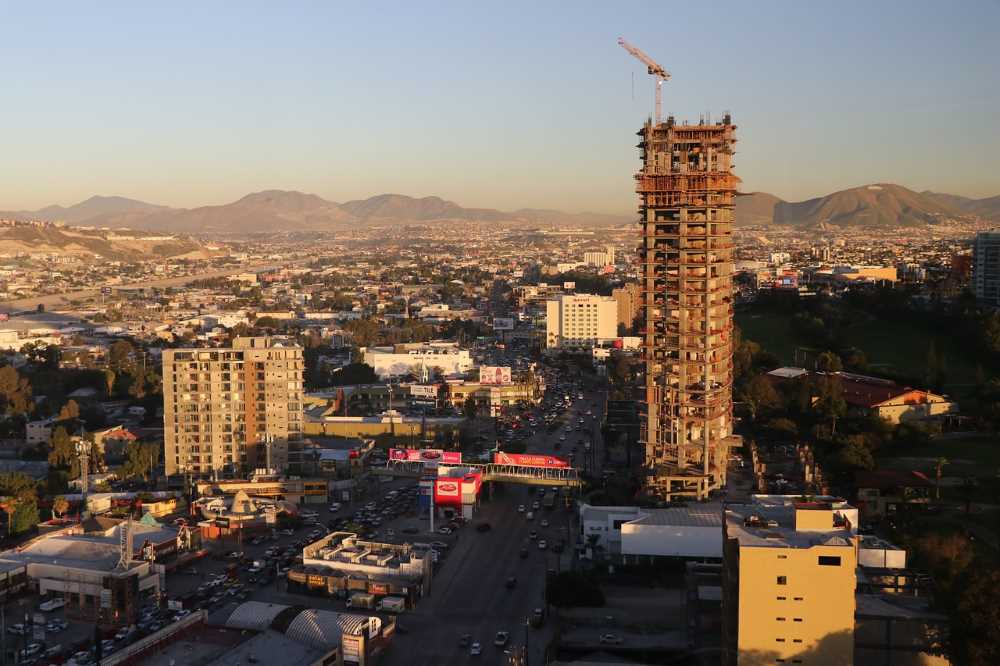How Mexico Turned the Tables on Inflation
Mexico's economy is not just recovering—it's thriving and transforming. Q2 2023 data reveals a robust 3.6% GDP growth YoY, while investments in construction and machinery are soaring with 36.9% and 20.1% annual increases, respectively. But the real surprise comes in the form of inflation.

As the calendar flipped to September, economists, policy wonks, and investors paused to digest an astonishing set of numbers. Recent data from Mexico paint a picture of a nation rising, economically robust and brimming with opportunity.
Yet, the data also reveals a few complexities, nuances that warrant more in-depth exploration. Here, we unpack Mexico's economic status as of August 2023 with data-driven insights on GDP growth, investment, and the unanticipated leveling of inflation across income groups.




